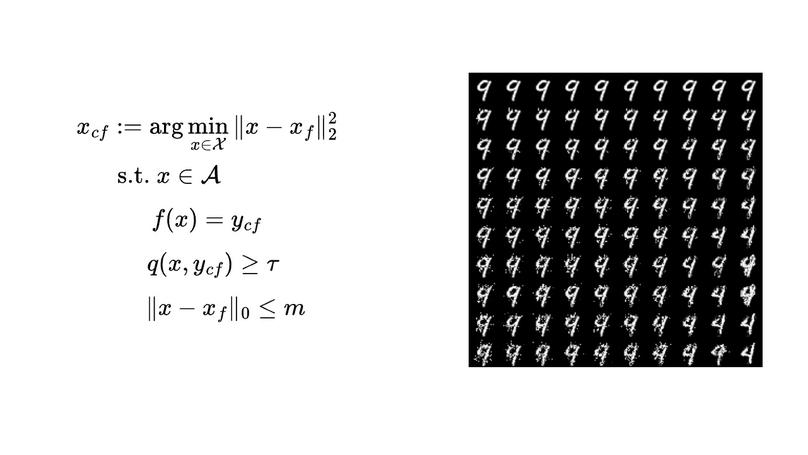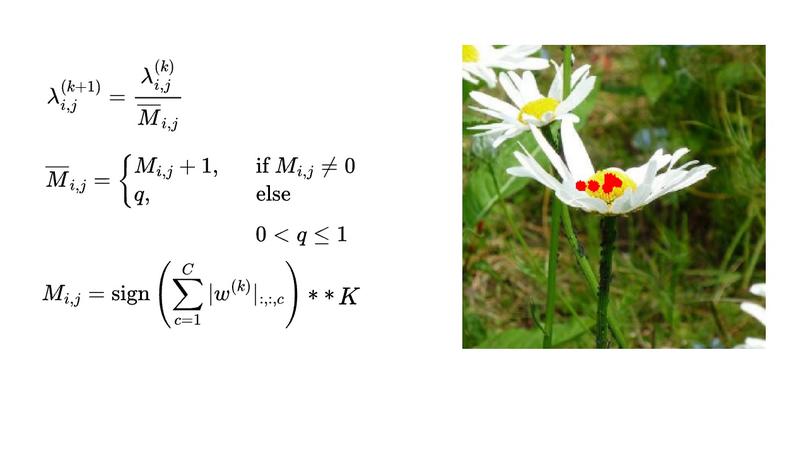Shpresim Sadiku
PhD in Mathematics @TUBerlin
MSc in Data Science @TUM
About Me
Publications & Preprints

We study the problem of finding optimal sparse, manifold-aligned counterfactual explanations for classifiers. Canonically, this can be formulated as an optimization problem with multiple non-convex components, including classifier loss functions and manifold alignment (or plausibility) metrics. The added complexity of enforcing sparsity, or shorter explanations, complicates the problem further. Existing methods often focus on specific models and plausibility measures, relying on convex ℓ₁ regularizers to enforce sparsity. In this paper, we tackle the canonical formulation using the accelerated proximal gradient (APG) method, a simple yet efficient first-order procedure capable of handling smooth non-convex objectives and non-smooth ℓₚ (where 0 ≤ p < 1) regularizers. This enables our approach to seamlessly incorporate various classifiers and plausibility measures while producing sparser solutions. Our algorithm only requires differentiable data-manifold regularizers and supports box constraints for bounded feature ranges, ensuring the generated counterfactuals remain actionable. Finally, experiments on real-world datasets demonstrate that our approach effectively produces sparse, manifold-aligned counterfactual explanations while maintaining proximity to the factual data and computational efficiency.

In this paper, we present an algorithm that simultaneously generates group-wise sparse attacks within semantically meaningful areas of an image. In each iteration, the core operation of our algorithm involves the optimization of a quasinorm adversarial loss. This optimization is achieved by employing the ¹⁄₂-quasinorm proximal operator for some iterations, a method tailored for nonconvex programming. Subsequently, the algorithm transitions to a projected Nesterov’s accelerated gradient descent with 2-norm regularization applied to perturbation magnitudes. We rigorously evaluate the efficacy of our novel attack in both targeted and non-targeted attack scenarios, on CIFAR-10 and ImageNet datasets. When compared to state-of-the-art methods, our attack consistently results in a remarkable increase in group-wise sparsity, e.g., an increase of 50.9% on CIFAR-10 and 38.4% on ImageNet (average case, targeted attack), all while maintaining lower perturbation magnitudes. Notably, this performance is complemented by a significantly faster computation time and a 100% attack success rate.